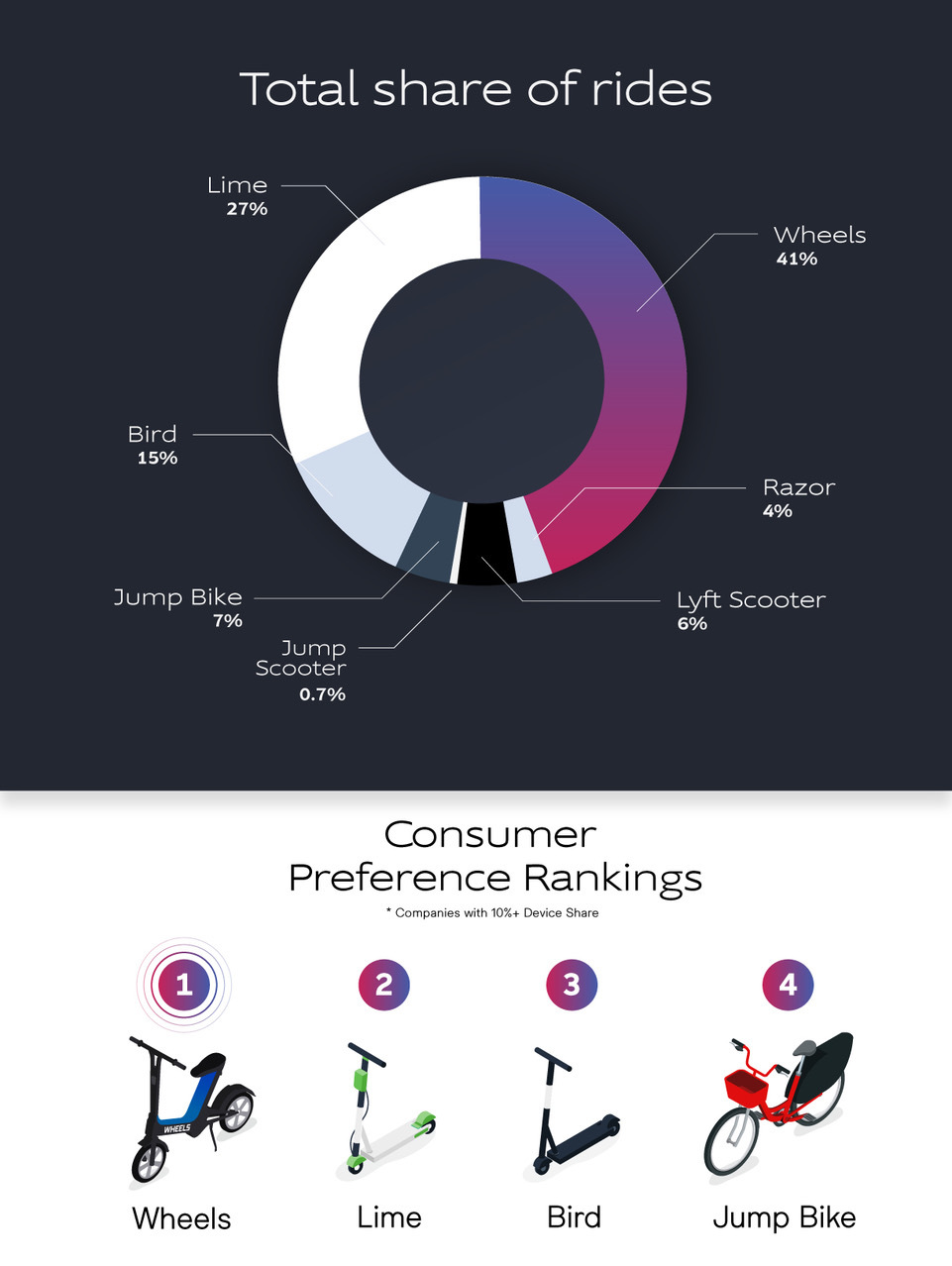Discover The Very Best E-Bike Alternatives Tailored To Your Particular Requirements And Conformity With Regulations
Discover The Very Best E-Bike Alternatives Tailored To Your Particular Requirements And Conformity With Regulations
Blog Article
Write-Up Writer-Barefoot Shaffer
If you're considering purchasing an e-bike, comprehending the different courses is key in making an informed choice. You could be amazed at how each course supplies one-of-a-kind attributes that accommodate various riding preferences and lawful requirements. From pedal-assist choices to throttle-controlled versions, each class has its benefits. So, before you choose the best e-bike for your requirements, it's important to understand the distinctions in between Course 1, Course 2, and Course 3 e-bikes.
Course 1 E-Bikes
Course 1 E-Bikes are defined as pedal-assist electric bicycles that offer help just when you pedal, stopping to do so when you get to 20 mph. These bikes are perfect for those seeking a little extra increase while still intending to obtain some exercise. Course 1 E-Bikes provide a smooth change between pedaling and electric help, aiding you overcome hills and cross countries effortlessly. The electric motor kicks in as soon as you start pedaling, giving an all-natural and easy ride experience.
Among the vital benefits of Course 1 E-Bikes is that they're allowed on many bike courses and trails where traditional bikes are allowed. This implies you can check out brand-new courses and enjoy the open airs with no limitations.
In addition, these bikes are environment-friendly and use a sustainable setting of transportation, reducing your carbon impact while still obtaining you to your destination successfully.
Class 2 E-Bikes
Moving on from the pedal-assist characteristics of Class 1 E-Bikes, Course 2 E-Bikes present a brand-new aspect right into the electrical bicycle world. These e-bikes include a spin throttle function, enabling you to ride without pedaling at all. With this addition, you have the option to simply engage the throttle and let the electric motor do the work, driving you onward effortlessly.
Class 2 E-Bikes are optimal for cyclists that may need a break from pedaling or call for assistance when starting from a total quit. bike rack for car makes them particularly appealing for people with minimal movement or those who want an even more leisurely riding experience.
However, it is essential to note that Course 2 E-Bikes are still controlled by a speed restriction of 20 mph, ensuring security and conformity with regulations.
Course 3 E-Bikes
For cyclists seeking a more dynamic electrical cycling experience, Course 3 E-Bikes deal enhanced speed and performance compared to their Class 1 and Course 2 equivalents. Class 3 E-Bikes are called "speed pedelecs" and can reach speeds of as much as 28 mph, offering a thrilling trip for those trying to find an extra boost. These bikes come outfitted with a pedal-assist system that starts when you start pedaling, making it much easier to keep greater speeds with much less effort.
One essential feature of Course 3 E-Bikes is that they aren't limited to bike lanes just; they can also be made use of on streets where the speed limit is 30 mph or lower. https://www.bicycling.com/skills-tips/a20044021/13-things-about-e-bikes/ permits riders to browse through website traffic extra effectively while still appreciating the advantages of electric help.
Nevertheless, it's important to keep in mind that some areas might have certain laws relating to making use of Class 3 E-Bikes, so always check local regulations before hitting the road.
Verdict
So, since you comprehend the differences in between Course 1, 2, and 3 E-Bikes, you can make an informed choice on which type ideal matches your needs. Whether you prefer pedal-assist, throttle function, or greater rates, there is an E-Bike class available for you. Keep in mind to consider your regional policies and individual choices prior to making your option. Satisfied riding!
